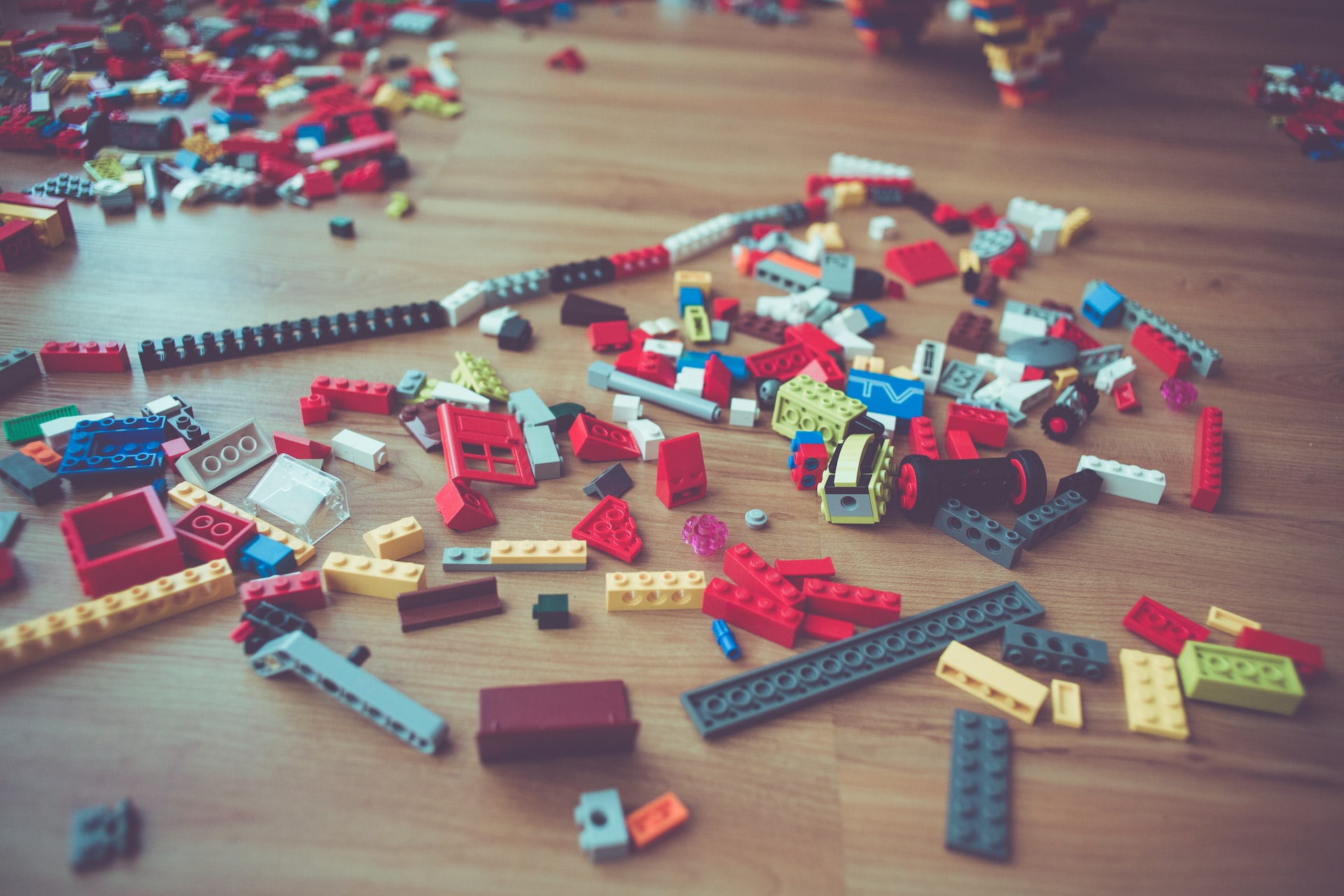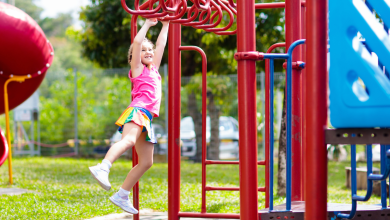Benefits of Playing With Block Play Toys

Here are a few of the numerous advantages of block play:
Learn The Fundamentals Of Engineering And Science
Children may problem-solve, debug, and test assumptions about structure, gravity, and altitude while playing with block play toys.
Development Of Speech And Language
Although you might not equate block play with expressive language, it actually encourages a lot of vocal self-expression, especially when telling stories about how they’ve been created.
Practice Fine Motor Skills And Hand-Eye Coordination
Fine motor skills and perfect hand-eye coordination are required for stacking blocks on top of each other and fine-tuning an unstable tower. Beehive Toy Factory Coupon Code can help you to have good quality block toys.
Lessons On Basic Maths
Block play incorporates pattern identification, symmetry, decimals, and linear measurement, all of which are maths concepts. Young children can also practice counting and acquire one-to-one correlation, which is the process of connecting the number word (“one”) with the quantity (1).
Development Of Social And Emotional Skills
Block play provides an opportunity to practice cooperation, dilemma, turn-taking, giving, and self-advocacy when engaging with other children. These abilities require a longer to develop and are difficult for young children to master.
Growth of Imagination
Blocks can be used as food, to create a cot for their baby, or to house small animals in pretend play. Blocks are classified as “open-ended toys,” meaning they can be used in a variety of ways and combined with other toys.
The phases of block play are listed below.
Three Blocks Stacked
Your child may be able to stack three blocks on top of one another between the ages of 16 and 18. Building a tower necessitates your child lining up and balancing one block on top of another, then releasing it at precisely the right time to avoid it falling.
Six Blocks Are Stacked
Your kid may build a four-block tower between the ages of 18 and 22, then pile up to six blocks a few months later. Building a tower jointly may become a particularly enjoyable challenge at this point, and bringing it down is typically a great way to celebrate.
Stacking Bricks
If you set up a few blocks end-to-end in a row at roughly 23-26 months, your child may begin studying alignment by imitating you. This is a precision exercise, and your toddler is learning a new skill. It will take work and patience for them to imitate your row of blocks (while keeping it in view).
Playing With Blocks In A Creative Way
Children’s block play becomes much more creative and inventive after they reach the age of three. They may begin constructing bridges, archways, caverns, and other more complex constructions. They’ll also begin sorting the blocks and constructing roads, routes, and patterns. Your youngster may begin to narrate stories and play out situations from their life about what they’re making.
Blocks For Children Of All Ages
Children look to play with blocks even as they get older. Because blocks appeal to children of all ages, they are ideal for mixed-age groups. They also provide an opportunity to put 21st-century abilities such as cooperation, problem-solving, critical reasoning, and communication into practice. Teachers in preschool and early primary schools adore using blocks in maths, science, language arts, and social studies programs.
Living Nature World Coupon Code is also the best option to look for some reasonable animal toys.
Read More Blogs: https://articlerod.com/





